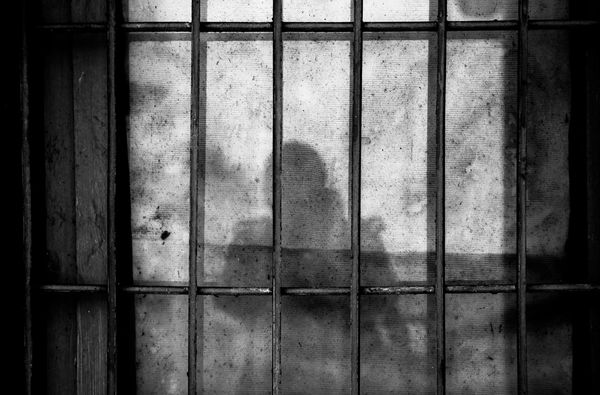
If you've recently hoped to take advantage of a few months of 0% APR and applied for a credit card only to get a rejection, you're not alone.
Credit application rejections are on the rise and, according to a new note released by the Federal Reserve on July 17, have reached 21.8% in June. This is a significant increase from the 17.3% seen in February.
DON'T MISS: Credit Card Debt Gets a Lot More Expensive
A credit card limit increase is the most likely application to get rejected — according to the Fed survey, 30.7% of all those applying for an increase got told no.

Getty Images
These Types Of Credit Applications Get Rejected Most Often
Rejections for that initial credit card sat at 21.5% while the car loan decline rate rose from 9.1% in February to 14.2% now. While below the other types of loans, this is the biggest jump since the Fed first started collecting this data in 2013.
Mortgage applications were declined 13.2% of the time while mortgage refinancing rejections jumped to 20.8%.
As many understand that their odds of getting approved may be lower than they were in the past, credit applications fell from 40.9% in February to 40.3% in June — despite the difference in percentage points, this rate is at the lowest it's been since October 2020.
Amid a looming recession and Fed rate hikes that made it more expensive to hand out credit, banks and other lenders are increasingly taking a more conservative approach. A poorer credit score that might have still gotten one a loan six months ago may now be a reason for rejection, while those who do get it can expect to pay higher rates.
Quincy Krosby, chief global strategist at LPL Financial, told MarketWatch that increased requirements "could be a reaction to the bank problems that we had back in March. But it also could be a reflection of the expectation that the economic backdrop could begin to weaken, despite the fact the labor market remains strong."
Many People Are 'Likely To Apply for One Or More Types Of Credit'
Looking at the likelihood that the average applicant will get rejected, the report put the number at 30.7% for auto loans, 32.8% for credit card applications, 46.1% for mortgages and 42.4% for credit limit increases.
But given that more and more people are relying on credit to meet their basic living needs, the Fed expects applications to increase even as the likelihood of getting rejected is high.
"The proportion of respondents reporting that they are likely to apply for one or more types of credit over the next twelve months rose to 26.4 percent from 26.1 percent in February," the Fed says in the note.
To maximize one's chances of approval, experts recommend thinking ahead and getting one's finances in order before submitting the application — bringing down one's debt and having several months of on-time credit card payments can go a long way for helping approval.
"It can feel intimidating to apply for a credit card, especially if you're unsure of the qualifying factors that lenders use to approve or decline someone," Chase Bank writes in its explainer guide for applying to credit cards. "Perhaps you're also unsure of your credit score at the moment. If you've closed old credit cards or paid off debt in recent months, your credit score may have fluctuated."
Get exclusive access to portfolio managers and their proven investing strategies with Real Money Pro. Get started now.







